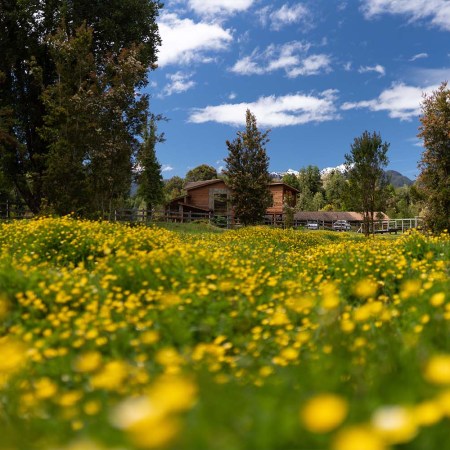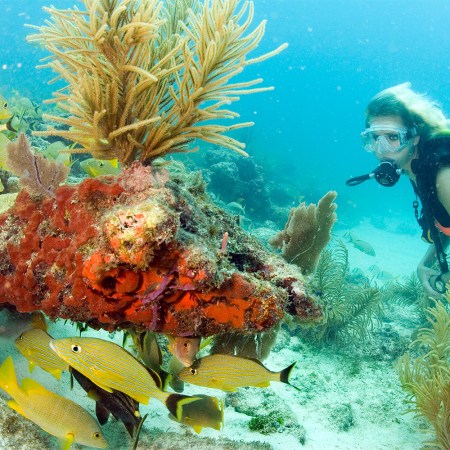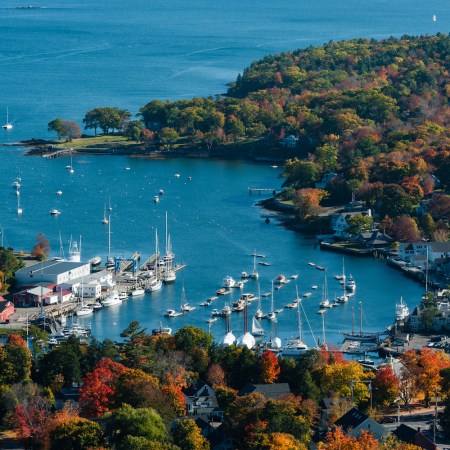For nearly a century, the President of the United States was brought the first seasonal catch of Atlantic salmon. That tradition changed in 1992, several years before the species was deemed endangered in 2000.
The answer as to why the tradition halted can be traced back to the Penobscot River in Northeastern Maine, which was once known for its spectacular salmon populations. Now, barely a thousand remain, according to a story that was published this week by Caroline Lester in The New Yorker.
The story goes that the first Presidential salmon, an 11-pound silver, was caught in the Penobscot near Bangor, Maine by a Norwegian house painter. The fish was promptly shipped overnight to the White House, where former President Taft ate it poached with a cream sauce and parsley garnish.
Even then, the Penobscot salmon population was beginning to wane. Dams installed during the Industrial Revolution halted fish from reaching mating sites, which are imperative for populations to grow. A 1960 report by Bangor’s health department described “sewage solids” on the riverbanks, with children and animals playing in a mixture of feces and “thick green scum.”
A 64-year-old fisherman named Claude Westfall caught the final salmon in the Penobscot River in 1992, which was hand-delivered to former President George H.W. Bush by Westfall himself (most salmon were either shipped to the White House or delivered by Maine politicians, but Westfall insisted). The decorated fisherman enjoyed an afternoon with the President and First Lady, exchanging fond memories of fishing in its heyday.
Now it appears these white-bellied fish may never have a chance to recover: even though dams have been removed and the rivers have been tidied (for the most part) of sewage, increased global warming is severely disrupting migration patterns, as well as salmon populations’ ability to detect prey and food.
New England states have spent the past half century attempting to restore the species. Connecticut alone has invested $8.5 million into salmon repopulation, and every year, Maine’s Department of Marine Resources and the United States Fish and Wildlife Service stock the rivers and streams with millions of salmon eggs.
Despite these grand efforts, only around 1,000 salmon returned to their habitat in 2018.
Editor’s Note: RealClearLife, a news and lifestyle publisher, is now a part of InsideHook. Together, we’ll be covering current events, pop culture, sports, travel, health and the world. Subscribe here for our free daily newsletter.
Thanks for reading InsideHook. Sign up for our daily newsletter and be in the know.


















